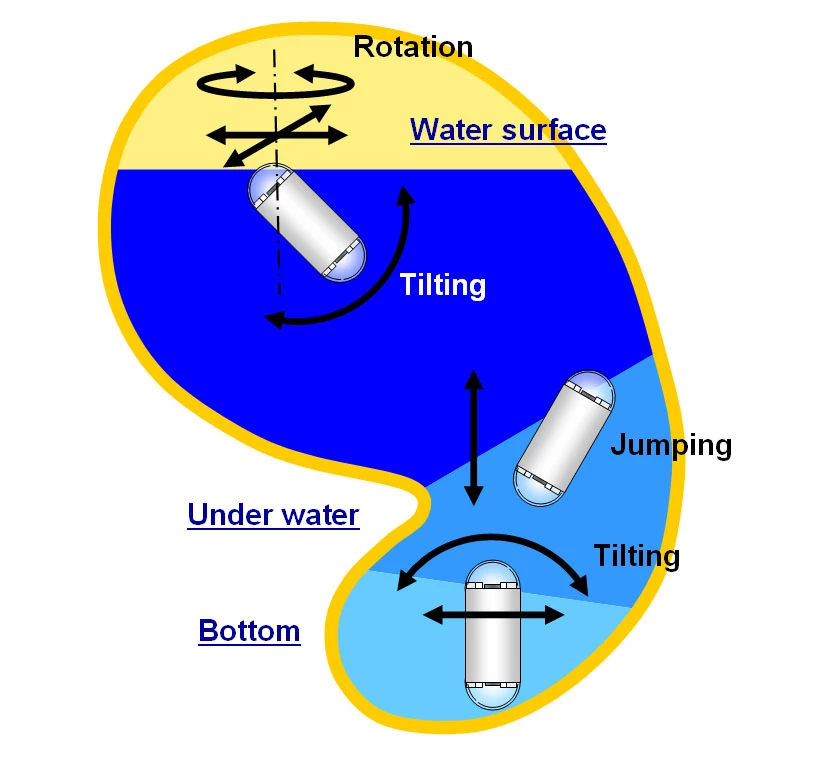Stomach examinations may soon become more comfortable and less invasive with the development of a magnetically guided capsule endoscope. Jointly developed by Olympus and Siemens, the capsule is swallowed by the patient and wirelessly transmits high-res, real-time images from inside the stomach while the doctor navigates using a joystick.
Once the patient has swallowed the capsule they are positioned so that their stomach, including the capsule, is located in the center of an artificially generated magnetic field.
The capsule endoscope has cameras at both ends and is controlled by means of varying magnetic fields.

The capsule, which is at prototype stage, has received positive feedback during trials. Patients found the 31 mm long by 11 mm diameter capsule easy to swallow with water: 93% thought the examination comfortable, 89% found it easy to swallow the capsule, and all patients questioned preferred the magnetically guided capsule endoscope over conventional gastrointestinal endoscopy.
This new method of endoscopy is also accurate. In a study with more than 50 people, 30 findings were detected in the stomach. Fourteen of the 30 findings were detected with both the capsule and the conventional endoscope. Ten out of 30 were located with the capsule examination only and six with the conventional endoscope only.
The capsule endoscope is not yet commercially available.







